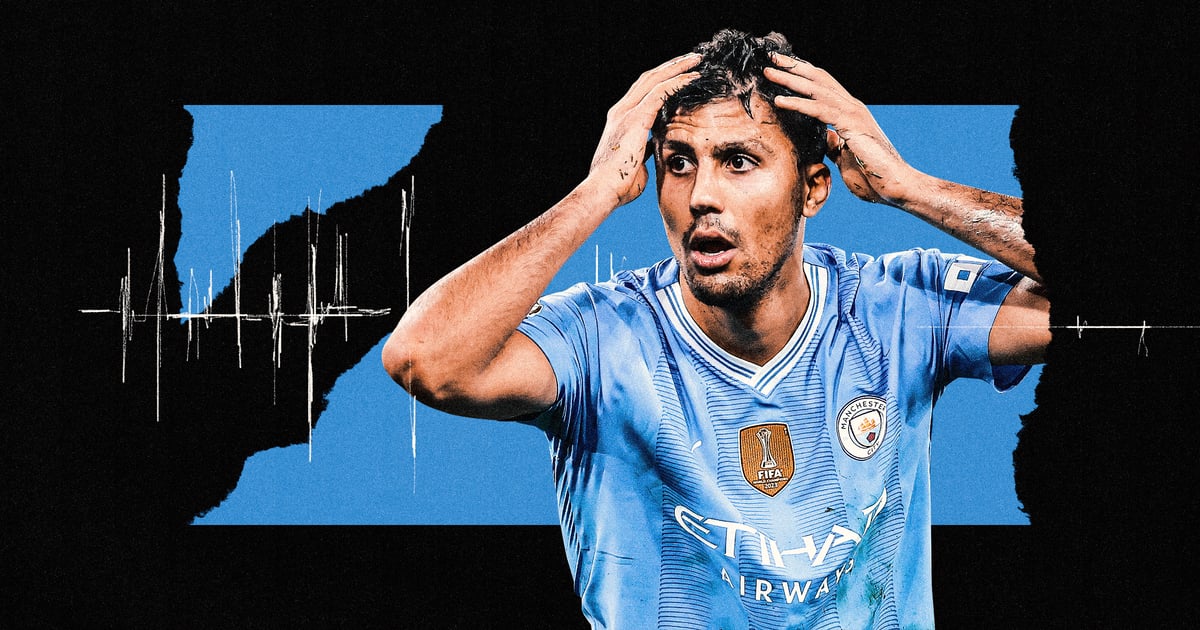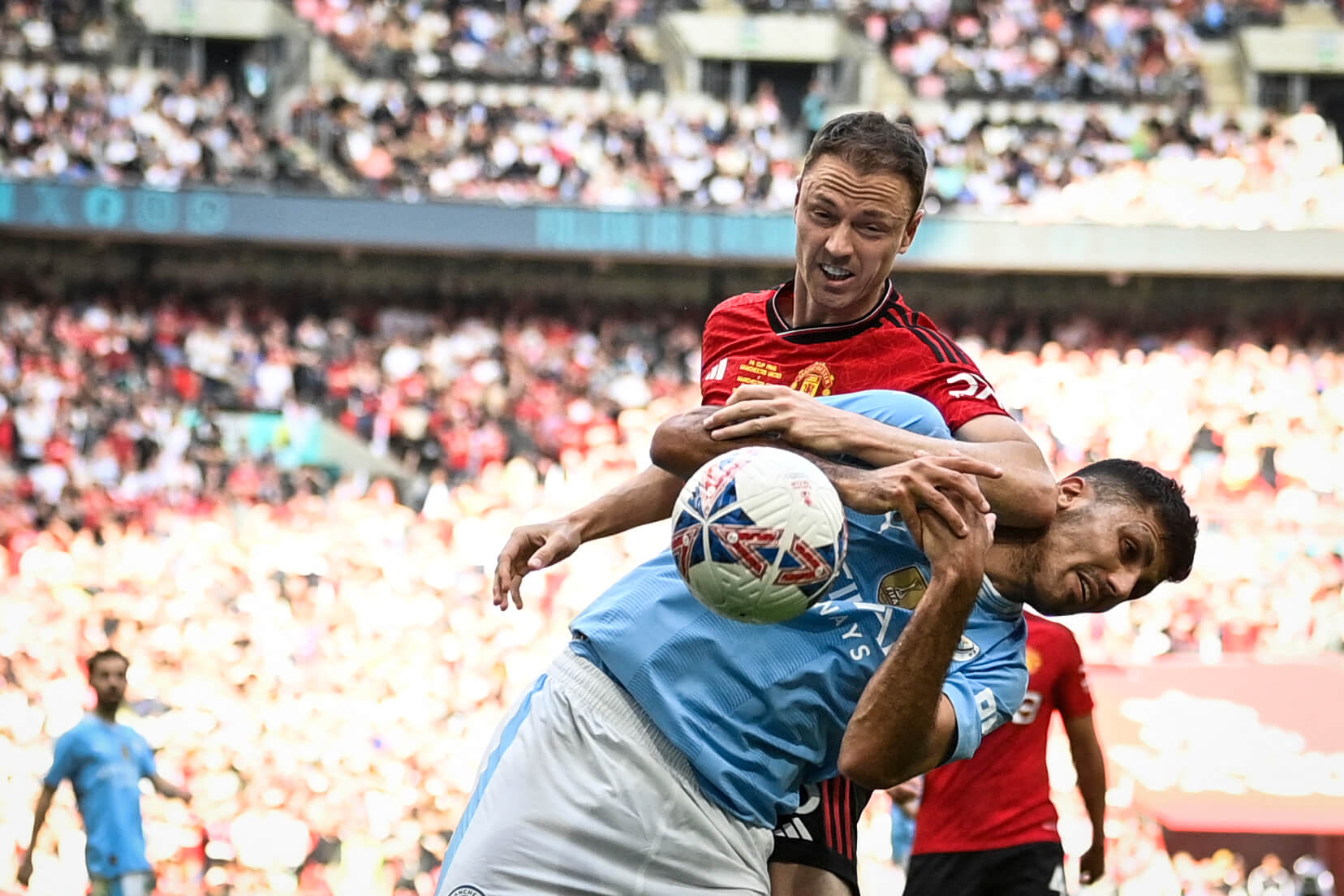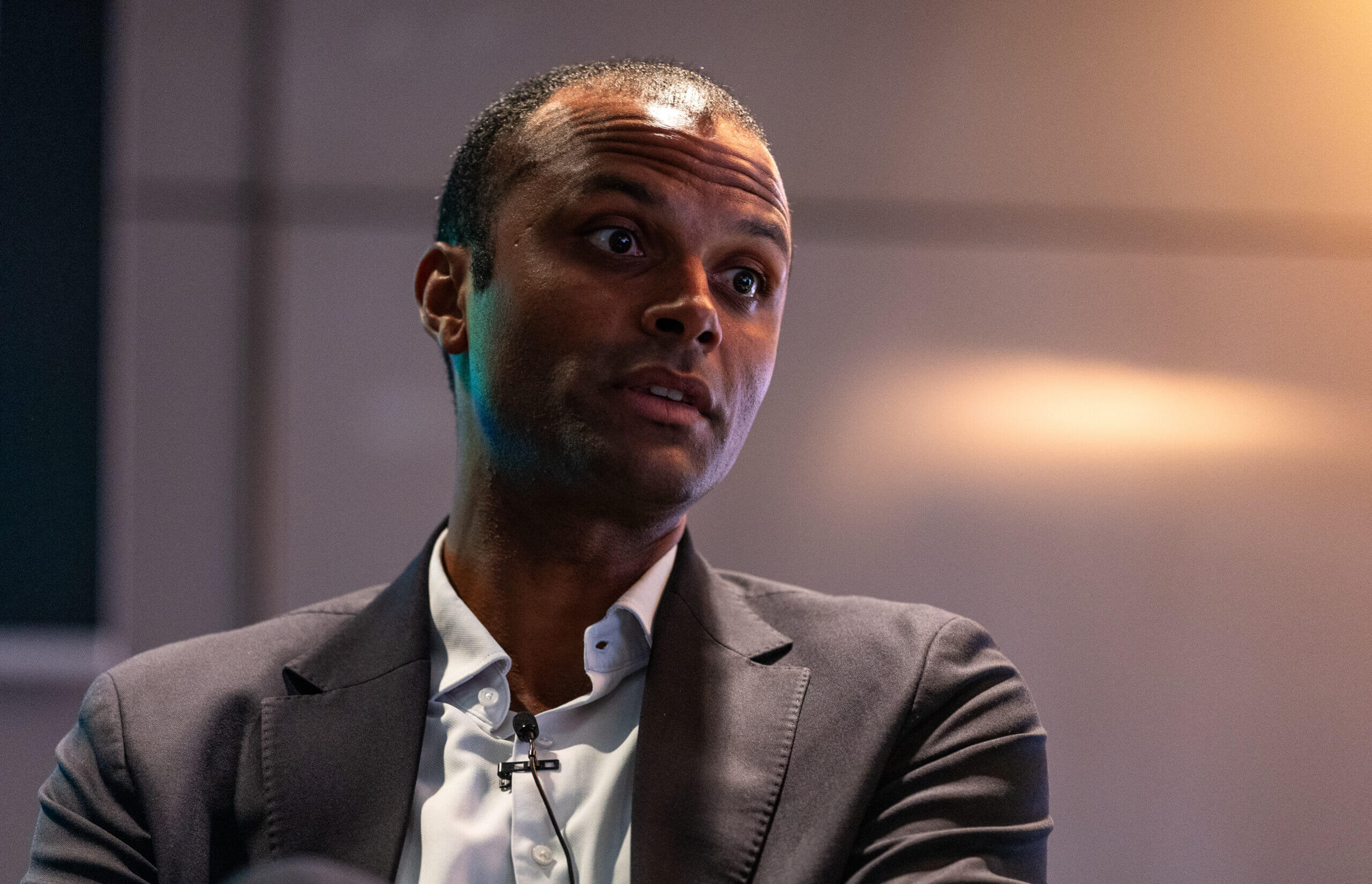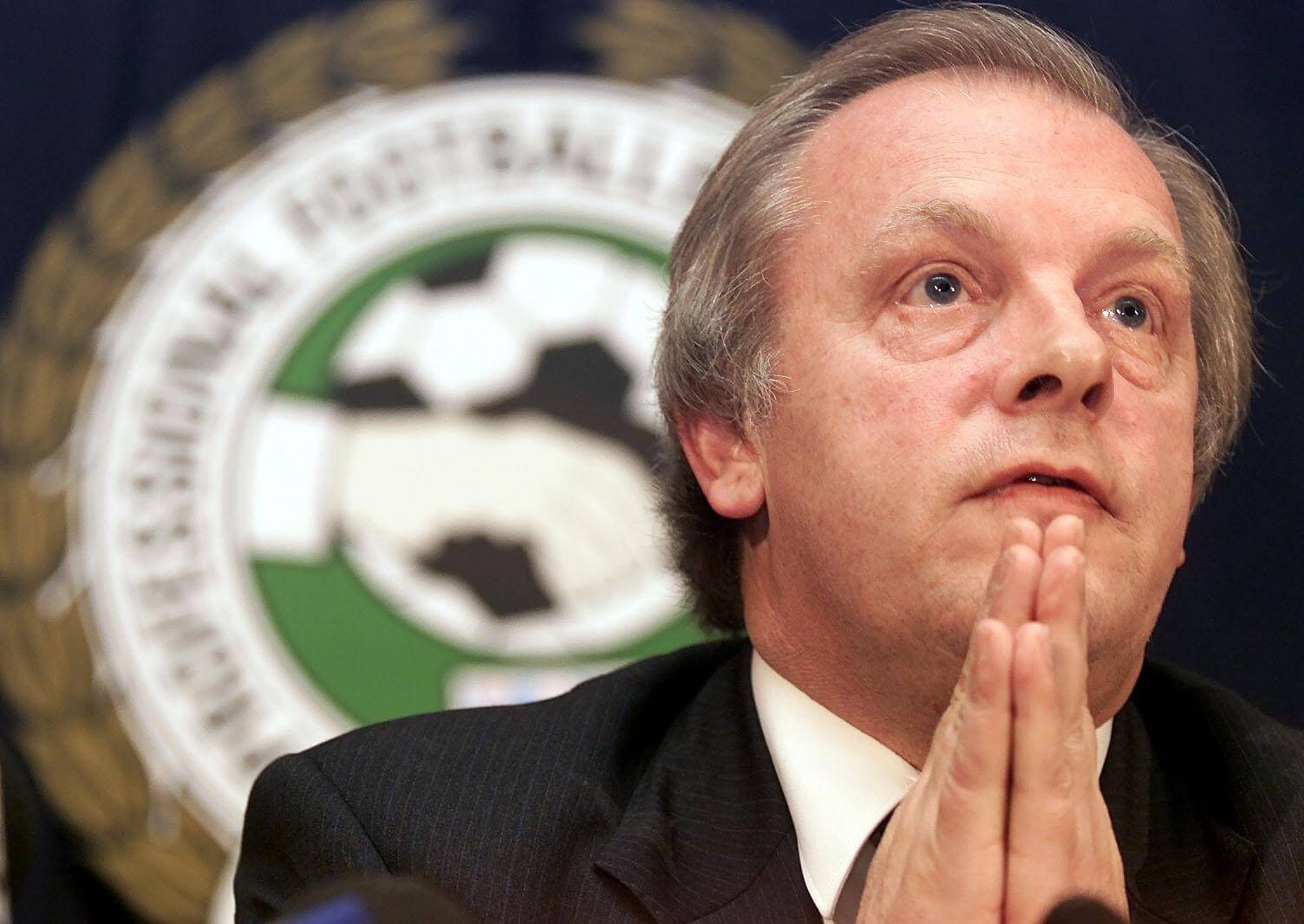
It is the week when Manchester City begin another assault on the Champions League against the backdrop of a legal battle with the Premier League, yet Rodri, the club’s star midfielder, managed to take the conversation in an unexpected direction on Tuesday.
A question on the increasing demands being placed upon Europe’s elite players brought a pointed response. “We’re close to (strike action),” Rodri told reporters during a press conference previewing City’s clash with Inter Milan. “It’s the general opinion of the players and if it keeps this way, we’ll have no other option.”
The debate over football’s calendar has rumbled on and on, but Rodri’s words felt like a significant moment. One of the Premier League’s most gifted stars, a leading candidate for the Ballon d’Or prize next month, willingly made it known that industrial action has become a consideration for him and his peers.
A genuine threat or an idle bluff? The Athletic assesses how realistic a players’ strike might be in the ongoing battle to be listened to.
Why are players like Rodri angry?
Footballers, at least at the game’s summit, believe too much is now being asked of them. Expanded competitions have squeezed the opportunity for rest and ensure established international stars regularly go beyond the threshold of 55 games a season recommended by FIFPro, the global players’ union.
This season has only deepened misgivings. A new format in UEFA’s Champions League adds two more group games to a participating club’s schedule and the summer sees FIFA launch its new Club World Cup between June 15 and July 13.
The 2024-25 campaign began with Rodri and his Manchester City team-mates theoretically facing as many as 75 games for club and country. “It is too much,” Rodri said on Tuesday. “Not everything is about money or marketing. It is about the quality on show. When I am not tired I perform better.”
Rodri, in a few short sentences, pointed out the nuclear button in the players’ armoury. There has long been the belief that their views are not heard, a feeling entrenched by the creeping expansions overseen by both UEFA and FIFA. Pre-season and end-of-season tours involving extensive travel are also an uncomfortable norm that players are asked to swallow.

Rodri made 50 starts across six competitions for Manchester City last season (Justin Tallis/AFP via Getty Images)
The last six months, though, have brought an orchestrated response.
Two of the biggest players’ unions in Europe, the English Professional Footballers’ Association (PFA) and the Union Nationale des Footballeurs Professionnels in France, launched legal action against FIFA in June, challenging the legality of the governing body “unilaterally” setting football’s international match calendar.
A month later, it was the European Leagues, representing professional football in 30 European nations, including the Premier League, teaming up with La Liga and FIFPro Europe to file a formal complaint to the European Commission against FIFA.
The new Club World Cup, FIFPro said, was the “straw that broke the camel’s back” and deep battle lines, with players at the heart of the fight, have now been drawn. Enough, they argue, is enough.
How would a strike actually work in practical terms?
Rodri might have suggested strike action was “close”, but the train is still a good few stops from arriving at that point. This would have to be coordinated through either the PFA or FIFPro and would be considered a last resort should all negotiations with stakeholders fail.
The PFA, as English football’s only players union, would theoretically have to ask its nearly 5,000-strong membership base if they supported a strike and that would then require a majority backing from the ballot to proceed.
Any competitions impacted, whether run by the Premier League, the English Football League, the Football Association, UEFA or FIFA, would also have the option to take retaliatory legal action blocking any planned strikes.
“We’ve really tried hard to engage with the relevant stakeholders,” Maheta Molango, the PFA’s chief executive, told The Athletic FC podcast last week. “So we’ve tried to do our best to reach a diplomatic solution — legal action is always a defeat for everyone.
“But sometimes when adult people cannot reach a solution, you need to have a third party deciding for you.”

The PFA’s chief executive, Maheta Molango (Steven Paston/PA Images via Getty Images)
Has it ever happened in English football before?
Go back to November 2001 and there was a very real danger of English football’s biggest names downing tools. The PFA had grown tired in negotiations with the Premier League, which wanted the traditional cut of domestic broadcast deals sent to the union reduced from five per cent to two.
Three months of discussions had come and gone without an agreement, leading to a strike ballot being called. Ninety nine per cent of players were in favour of boycotting any televised fixture. A date for strike action — December 1 — was even put in place. Gordon Taylor, head of the PFA, claimed Manchester United manager Sir Alex Ferguson and players, including Roy Keane, Gary Neville and Ryan Giggs, were supportive of their position.
There were legal threats and injunctions, but the strike was eventually averted after eight hours of discussions between the Premier League and PFA in Manchester. Taylor did not get all he had wished for, but the £17.5million ($23m at current rates) offer was eventually deemed satisfactory.

Gordon Taylor in 2001 announcing that over 99 per cent of PFA members had voted in favour of strike action (Phil Noble – PA Images/PA Images via Getty Images)
And dig further into English football’s history, all the way back to 1960, and you arrive at a far more significant moment. The PFA, with Jimmy Hill as their flagbearer, sought to abolish the wage limit of £20 a week for players and relied upon the threat of strike action to force the FA and Football League to eventually relent in 1961.
What about in other countries or other sports?
Industrial action is far more common in the US, where the strength of players’ unions is felt with greater force.
The National Basketball Association (NBA) endured three lock-outs in the second half of the 1990s and another, lasting for five months, in 2011. That was the same year the National Football League (NFL) had its own when players and owners failed to agree a revised collective bargaining agreement.
Major League Baseball endured a lock-out as recently as 2022, the ninth in the organisation’s history. And then there is the National Hockey League (NHL), another well-versed in strained negotiations, player power and owners not blinking.
Comparisons with European football, however, carry little weight. An elite player in England will feature in games organised by the Premier League, EFL, FA, UEFA and FIFA in a season and the presence of multiple stakeholders will always complicate negotiations over the welfare of a union’s members.
Which competitions could be vulnerable to a player strike?
That is the great unknown, but what we can be sure of is the strength of relations between the PFA and the Premier League at present. For all the two were at loggerheads 23 years ago, with Taylor butting horns with Richard Scudamore, the two have become closely aligned in recent times. Do not see it as coincidence that that the PFA began one legal case against FIFA in the same summer months that the Premier League helped form a separate one.
The PFA — and, by extension, FIFPro — does not have an issue with domestic programmes, which broadly remain unchanged. There is also sympathy for the FA and EFL, whose competitions have been squeezed to the point of enforced reform in the modern era. It would, therefore, seem unlikely that any strike threat would have such a target.
Relations between the PFA and UEFA are more harmonious given the sense of greater consultation, so might the crosshairs instead fall on FIFA?
FIFA shapes the international calendar and is the focus of so much ire after introducing a revamped Club World Cup. Its defence might be well-versed and robust, pointing out that the games it organises account for a fraction of a player’s workload, but the unions have made their dissatisfaction clear.
The Club World Cup is also the competition that has struggled to attract broadcast and sponsorship deals before next summer. It has the feel of the softest target for any players wishing to make their feelings known.

GO DEEPER
One year until the Club World Cup in the United States – what’s going on?
How likely is a strike?
The easiest move would be to dismiss Rodri’s comments as hot air, but the concerns are too deep-rooted. Without meaningful change to the calendar, unions stress, there will come a time when players take a stand.
How that will look and when it will come, though, are questions not easily answered. The issues on workloads are the making of multiple stakeholders wanting more and the next challenge will be how to put the toothpaste back in the tube.
The players’ unions ultimately want a more prominent seat at the table of governance. It is why they have taken legal action against FIFA; a move to make their voice heard and reduce the demands placed upon its members.
The initial action against FIFA tabled at the Brussels Court of Commerce in June will likely end up in the European Court of Justice at some point next year and the eventual decision will shape where all parties go next. The players’ unions will hope that marks a dilution of FIFA’s powers in charge of the international match calendar, leading to long-term reform.
Strike action, regardless of its likelihood, would remain problematic. It is worth ending with a comment from Stephen Taylor-Heath, head of sports law at JMW Solicitors, who spoke to The Athletic in June.
“It really drills down to issues of employment law between players and clubs,” he said. “There’s always been an uneasy alignment between employment law and football.”
And perhaps about to get a bit less straightforward, too.
(Top photo: Getty Images. design: Dan Goldfarb)